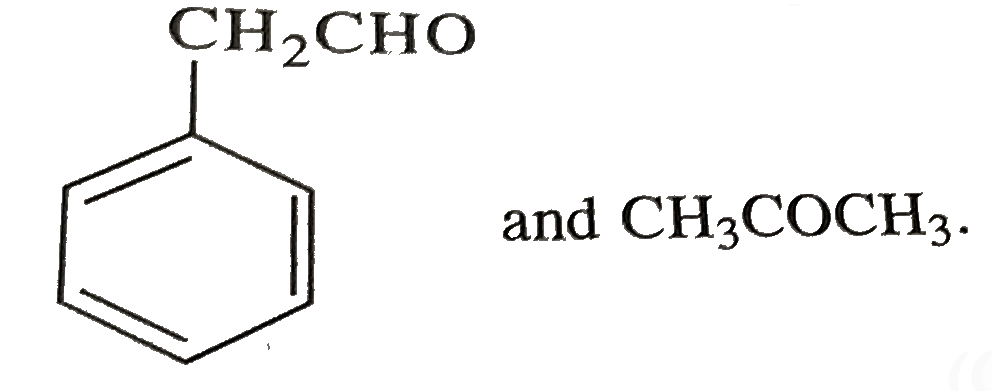Write any two distinguishing features between conductors, semiconductors and insulators on the basis of energy band diagrams.
To distinguish between conductors, semiconductors, and insulators based on energy band diagrams, we can summarize the features as follows:
1. Conductors:
- Energy Band Diagram: In conductors, the conduction band and valence band overlap or are partially filled.
- Forbidden Energy Gap: There is no forbidden energy gap (Eg = 0 eV), allowing electrons to flow freely, which results in high electrical conductivity.
2. Insulators:
- Energy Band Diagram: In insulators, the valence band is completely filled, and the conduction band is empty.
- Forbidden Energy Gap: The forbidden energy gap is large (Eg ≥ 3 eV), which prevents electrons from jumping from the valence band to the conduction band, resulting in very low electrical conductivity.
3. Semiconductors:
- Energy Band Diagram: In semiconductors, the valence band is filled, but the conduction band is either partially filled or has a small gap.
- Forbidden Energy Gap: The forbidden energy gap is small (Eg < 3 eV), allowing some electrons to jump from the valence band to the conduction band under certain conditions (like temperature or doping), leading to moderate electrical conductivity.
Summary of Distinguishing Features:
- Conductors: No forbidden gap; conduction and valence bands overlap or are partially filled.
- Insulators: Large forbidden gap (≥ 3 eV); valence band filled, conduction band empty.
- Semiconductors: Small forbidden gap (< 3 eV); valence band filled, conduction band can be partially filled.
- Energy Band Diagram: In conductors, the conduction band and valence band overlap or are partially filled.
- Forbidden Energy Gap: There is no forbidden energy gap (Eg = 0 eV), allowing electrons to flow freely, which results in high electrical conductivity.
- Energy Band Diagram: In insulators, the valence band is completely filled, and the conduction band is empty.
- Forbidden Energy Gap: The forbidden energy gap is large (Eg ≥ 3 eV), which prevents electrons from jumping from the valence band to the conduction band, resulting in very low electrical conductivity.
- Energy Band Diagram: In semiconductors, the valence band is filled, but the conduction band is either partially filled or has a small gap.
- Forbidden Energy Gap: The forbidden energy gap is small (Eg < 3 eV), allowing some electrons to jump from the valence band to the conduction band under certain conditions (like temperature or doping), leading to moderate electrical conductivity.
- Conductors: No forbidden gap; conduction and valence bands overlap or are partially filled.
- Insulators: Large forbidden gap (≥ 3 eV); valence band filled, conduction band empty.
- Semiconductors: Small forbidden gap (< 3 eV); valence band filled, conduction band can be partially filled.
Topper's Solved these Questions
- BOOK - XII BOARD PREVIOUS YEAR PAPER ENGLISHCHAPTER - XII BOARDSEXERCISE - [Set- II]4videos
XII BOARDS
- BOOK - XII BOARD PREVIOUS YEAR PAPER ENGLISHCHAPTER - XII BOARDSEXERCISE - [Set-III]3videos
XII BOARDS
- BOOK - XII BOARD PREVIOUS YEAR PAPER ENGLISHCHAPTER - XII BOARDSEXERCISE - SET-III, DELHI BOARD4videos
XII BOARDS
- BOOK - XII BOARD PREVIOUS YEAR PAPER ENGLISHCHAPTER - SAMPLE PAPER 2019EXERCISE - SECTION D6videos
SAMPLE PAPER 2019
Similar Questions
Distinguish between a conductor , a semiconductor and an insulator on the basis of energy band diagrams.
View SolutionDistinguish between intrinsic and extrinsic semi-conductors on the basis of energy band diagram.
View SolutionWrite test to distinguish between
 View Solution
View SolutionWrite a distinguishing feature of metallic solids.
View SolutionDraw energy band diagram of conductors, semiconductors and insulators.
View SolutionDistinguish between Good conductors and bad conductors of heat
View SolutionGive two distinguishing features of the Cro-Magnon man.
View SolutionTell one distinguishing feature between eukaryotes and prokaryotes.
View SolutionGive any two distinctive features of Dryopithecus.
View SolutionWrite a distinguishing feature of a metallic solid compared to an ionic solid.
View Solution

